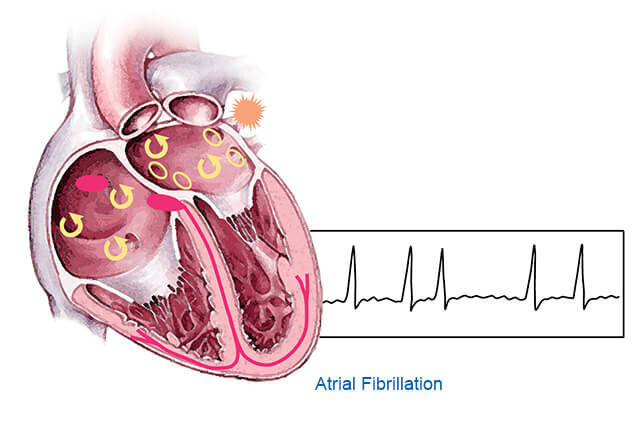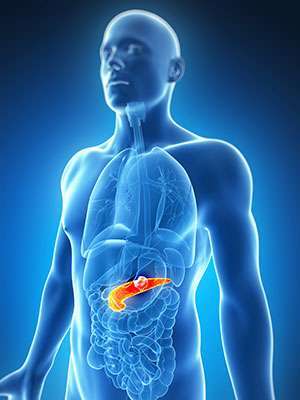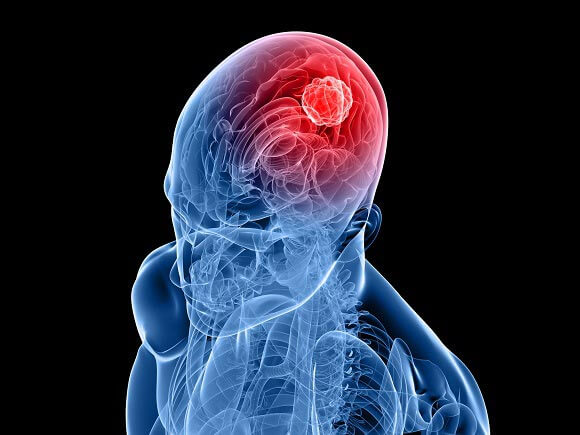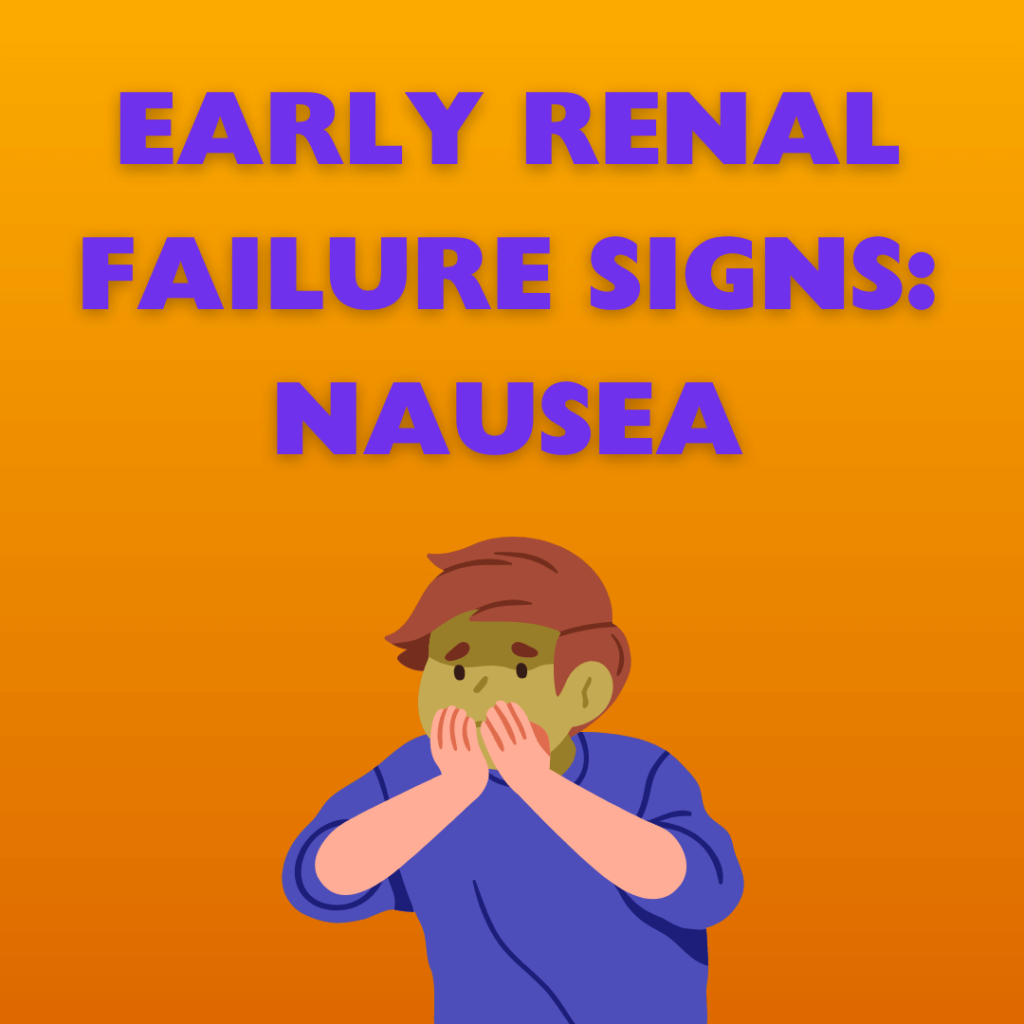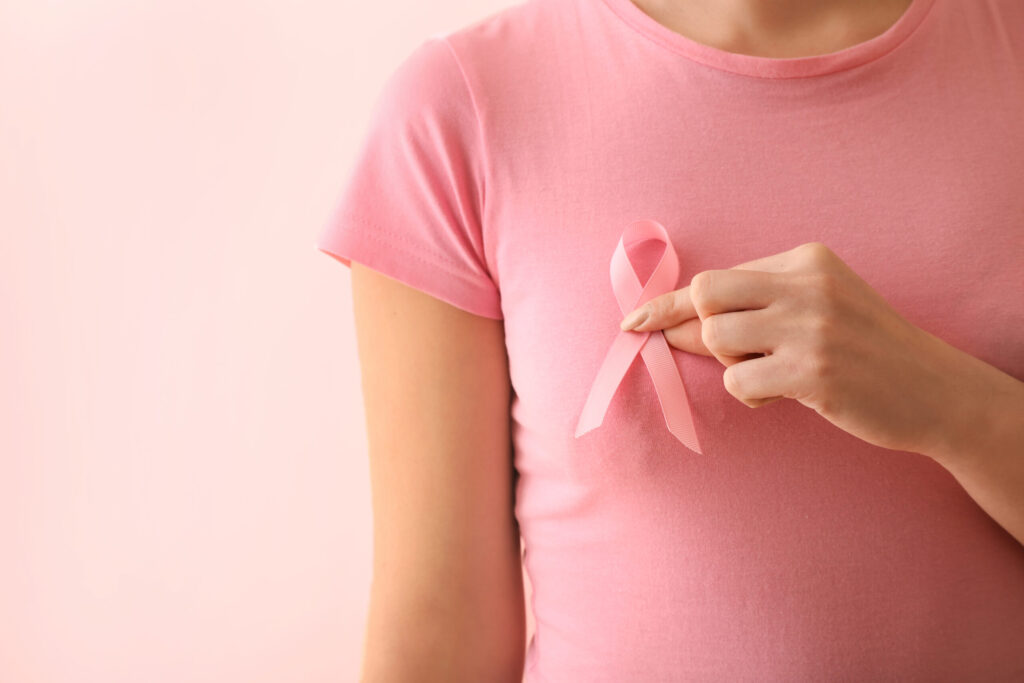
Breast cancer is more common than any other cancer, with a new case diagnosed every two minutes in the United States. While breast cancer is classified as either invasive or non-invasive, there are many different types of breast cancer, making early screening all the more important. Invasive breast cancer has a survival rate of approximately 90% after the first five years of diagnosis.
Some symptoms of breast cancer are more evident than others, yet intervention in the early stages can make a major difference in long-term outcomes. The sooner treatment begins, the more likely an individual with breast cancer will enter remission. What are the primary symptoms of breast cancer? How can breast cancer be diagnosed? And how can you lower your risk of developing the condition?
Symptoms of breast cancer
Different types of breast cancer yield different symptoms, yet the most common symptoms include:
- Lumps: Growths that appear in the breasts or armpits
- Changes in skin appearance: Dimples, puckering, redness, scaliness, and/or an orange-peel texture on the breasts
- Breast size: Swelling or enlargement of the breast
- Changes in nipple appearance: Inverted nipples or changes in nipple size, shape, or direction
- Discharge: Fluid that leaks from the nipples
These symptoms don't necessarily indicate breast cancer, but it is important to follow up with your healthcare provider if you are experiencing any worrisome breast changes. Some forms of breast cancer may have more evident physical signs, such as a red rash or swelling, while others may begin with hard-to-detect lumps. Those with early-stage breast cancer may experience few to no symptoms. This is why it's important to complete recommended screenings for breast cancer and not neglect any emergent symptoms.
Risk factors for breast cancer
While many women develop breast cancer without any risk factors, some lifestyle, genetic, and environmental factors may increase your likelihood. One of the main risk factors is sex, as women have a much higher chance of having breast cancer than men. This is also true of age, as breast cancer is largely diagnosed in people over 50. In addition, experiencing a menstrual cycle before age 12 increases the chance of breast cancer later.
Another factor that can impact the onset of breast cancer is a personal or family history of breast-related health issues. This includes non-cancerous diseases of the breasts (including atypical hyperplasia or lobular carcinoma in situ) or prior breast cancer in one or both breasts. Women with a family history of breast or ovarian cancer also have a higher risk of developing breast cancer. You may also inherit genetic mutations that make you more prone to breast cancer, including the BRCA1 and BRCA2 genes.
Lastly, your lifestyle and environment can impact your cancer risk. After menopause, obesity can increase your chances of a breast cancer diagnosis. Overconsumption of alcohol also elevates your likelihood of developing breast cancer. A lack of physical activity can contribute to your chances of developing breast cancer, but staying healthy and active can aid in its prevention. Although not all risk factors can be controlled, exercise, a healthy diet, and limiting alcohol can all help you reduce your risk for breast cancer.
How is breast cancer diagnosed?
The primary form of diagnosis for breast cancer is a mammogram. Mammograms take individual x-rays of each of your breasts to search for signs of cancerous tumors. During mammograms, x-ray technicians use a machine to flatten the breasts and record tissue images. Though mammograms can be uncomfortable, they are brief and remain one of the best tools for detecting breast cancer in the early stages. Mammograms are recommended every two years after age 40, though those with a higher risk of developing breast cancer may want to start mammograms as soon as 30.
Another step in early detection is self-exams. A healthcare provider must confirm a breast cancer diagnosis, but self-exams help up to 40% of women detect cancerous lumps before imaging. During a self-exam, you will inspect your breasts and armpits for signs of lumps, swelling, rashes, discharge, and changes in the skin. While your left and right breasts will naturally differ, you'll want to look for any new changes, such as changes in the growth or shape of your breasts.
While breast cancer can be a scary diagnosis, early detection is often life-saving. Attending your scheduled mammograms, performing self-exams monthly, and taking care of your overall health is the best way to detect and lower your risk of breast cancer.
Resource links
"Breast Cancer" via MD Anderson
"Breast Cancer" via Mayo Clinic
"What Are the Risk Factors for Breast Cancer?" via the CDC
"What Is a Mammogram?" via the CDC
"Breast Self-Exam" via the National Breast Cancer Foundation
"Breast Cancer Statistics and Resources" via the Breast Cancer Research Foundation

